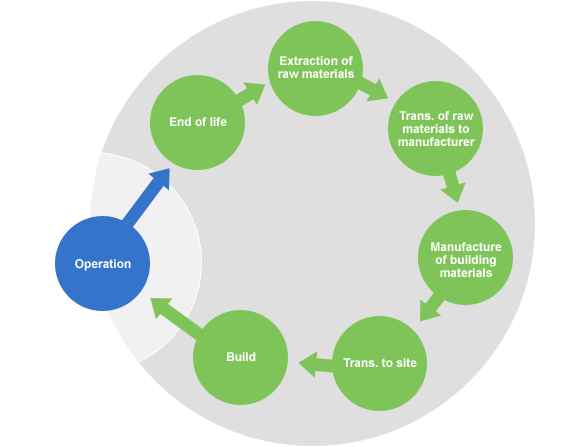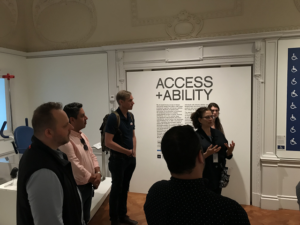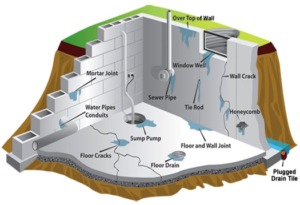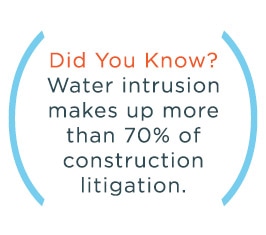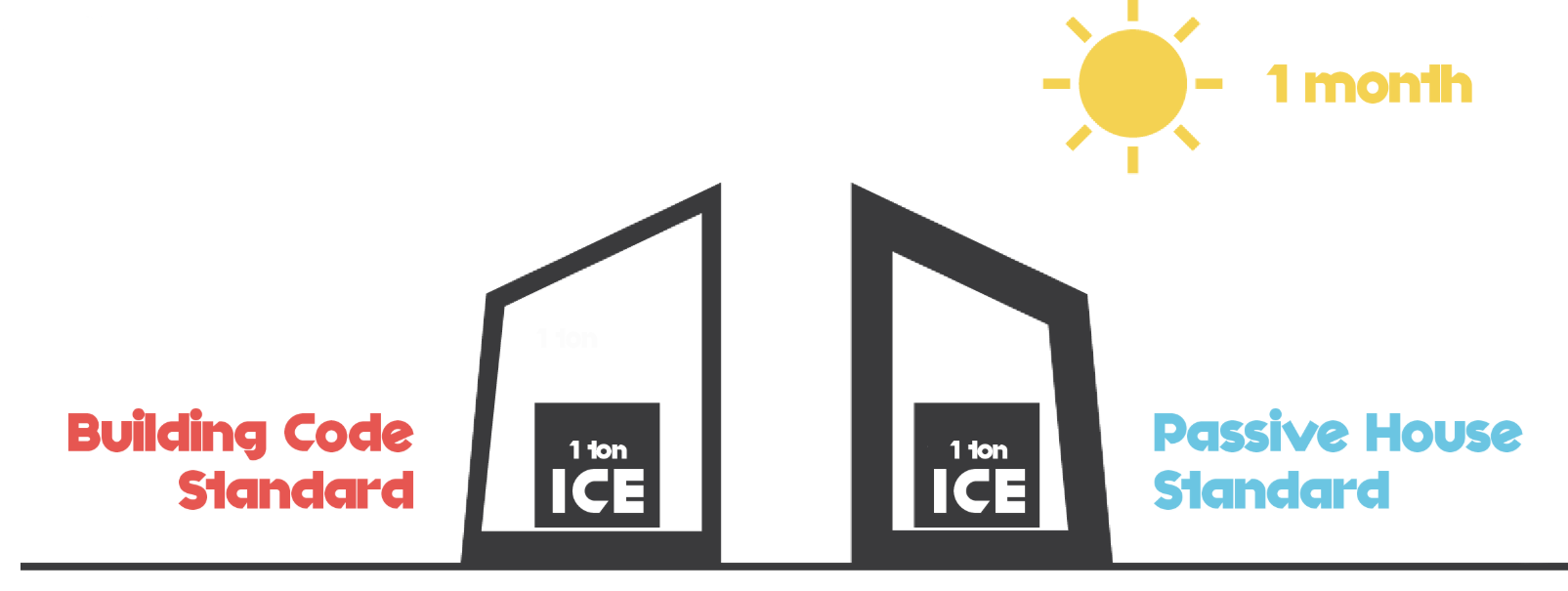A team of SWA consultants recently had the opportunity to tour the newly constructed Delos Office Headquarters, located in the Meatpacking District of New York City. The office, which occupies the fourth and fifth floors of a ten-story building adjacent to the High Line, has obtained WELL Platinum certification through the International WELL Building Institute (IWBI), Petal Certification through the Living Building Challenge, and is currently pursuing LEED v4 Platinum certification through the US Green Building Council (USGBC). From the inception of the tour, it was clear that the space had exceeded the expectations of these certifications, and more.
Overview
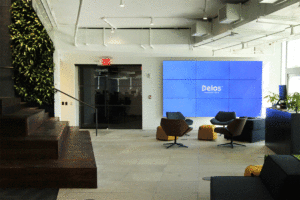
Beside the entrance, a monitor displays live building stats and company announcements
Stepping off the elevator, occupants walk over a large metal grate designed to remove debris from shoes, preventing dirt and other particles from contaminating the floor. Then, upon entering the office, visitors are immediately greeted with an abundance of natural light and sense of biophilia. The office is enclosed by large glass curtain walls and filled with an array of plant life. Next to the entrance, a large monitor displays office conditions, such as temperature, humidity, carbon dioxide, and other levels affecting tenant comfort.
The main office area is largely free address, which means employees can freely move to where they feel most comfortable. Each desk is adjustable and includes a monitor, a temperature adjustable task light, and many other utilities that foster productivity. There are greenwalls placed throughout the office (22 to be exact), which are used to purify the air. Clean air is also distributed through floor diffusers and dirty air is removed through the ceiling. Additionally, it is noticeably quiet in the office; the mechanical systems are well insulated and there is a low level white noise sound masking system that lessens harsh noises. (more…)


